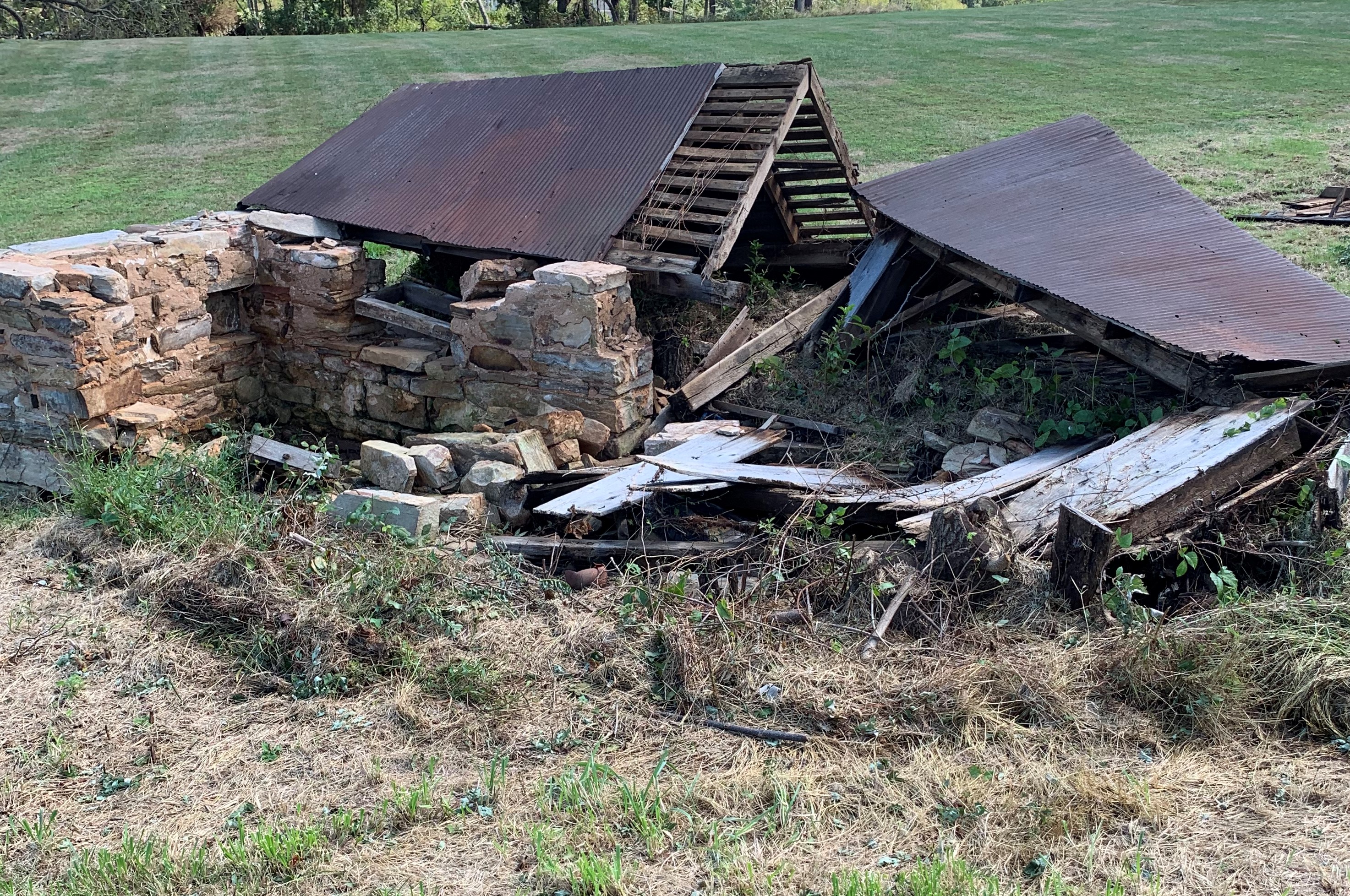An Unexpected Storm
This past Labor Day, my family and I experienced a very strong “micro-burst” (my wife claims tornado!) at our house. While it was far from a disaster, it did do quite bit of damage to many of our trees, small portions of our house, and it completely wiped out an old shed/spring house.
It was interesting to me just how localized the storm turned out to be. Just within our small neighborhood, some properties were completely unaffected while others sustained quite a bit of tree and some roof damage. Our son was at a friend’s house about three miles away, and they only experienced a minor thunderstorm. This type of pop-up storm is not unusual for our area, and you can expect almost all summer forecasts to include “chance of afternoon thunderstorms.”
Full disclosure, I was actually playing golf (shocker, I know!), and our group was chased in by the same storm. While we all huddled in the basement of the clubhouse, we witnessed the storm snake over Bull Run Mountain and unleash extreme wind and rain. The course itself had to close the following day due to all of the tree damage.

Bye bye old shed
So, what did everyone do in the face of extreme storm danger? Flee to safety. For most of us in our neighborhood, that meant getting down to the basement as quickly as possible. Similarly, what do investors do in the face of market downturns? Flee to safety. For most investors, that means putting money into bonds.
However, not all bonds are the same. Some have more risk than others, and that level of risk can usually be determined by a bond’s rating. There are several bond rating agencies, but Standard and Poor’s (aka S&P Global) is probably the most widely quoted. The S&P rates bonds based on their issuer’s financial stability, and it uses a scale similar to that of grades in school. AAA is the highest rating, then AA, then A, and then BBB, and so on. Anything BBB or better is considered investment grade and is generally considered “safe.”
At Meridian, we primarily use bonds for safety vs. seeking a higher (and riskier) yield. So, we look for bonds that don’t correlate with the stock market. In other words, if the stock market goes down, we want to own bonds that don’t follow in the same direction. A correlation of 1.00 means two investments move in lock step, whereas a correlation of 0 or lower means the two move in opposite directions. See the chart below comparing different bond categories to the S&P 500:
Ten-year return correlation of Morningstar bond categories with the S&P 500 Index
| S&P 500 Index | 1.00 |
| U.S. High-Yield Bond | 0.72 |
| U.S. Nontraditional Bond | 0.50 |
| U.S. Multisector Bond | 0.56 |
| U.S. Intermediate Core-Plus Bond | 0.15 |
| U.S. Intermediate Core Bond | –0.03 |
Sources: Vanguard and Morningstar, Inc. as of July 31, 2019.
As you can see, U.S. High-Yield Bonds track fairly closely (0.72) to the S&P 500. So, while their interest rates are attractive, that category may not be a good cushion for a market downturn. On the other hand, the Intermediate Core categories may offer good downside protection. No, their interest rates aren’t as high, but they do represent some safety in the face of a market decline.
We don’t want to get into the dangerous business of market-timing, as we feel that trying to predict when the next downturn or upturn will occur is virtually impossible. However, if you are concerned about stocks sliding, adding some conservative bonds to your investment mix may help. You never want to venture too far from the basement in the face of a possible storm.